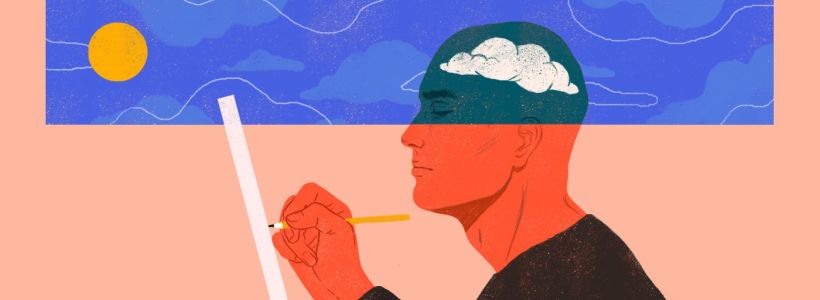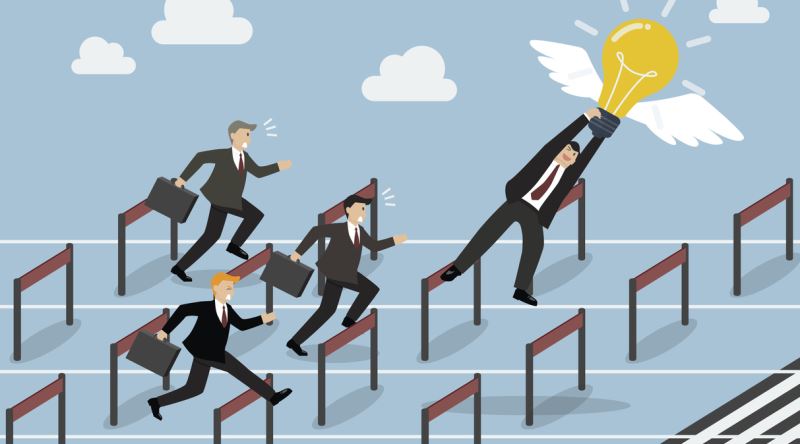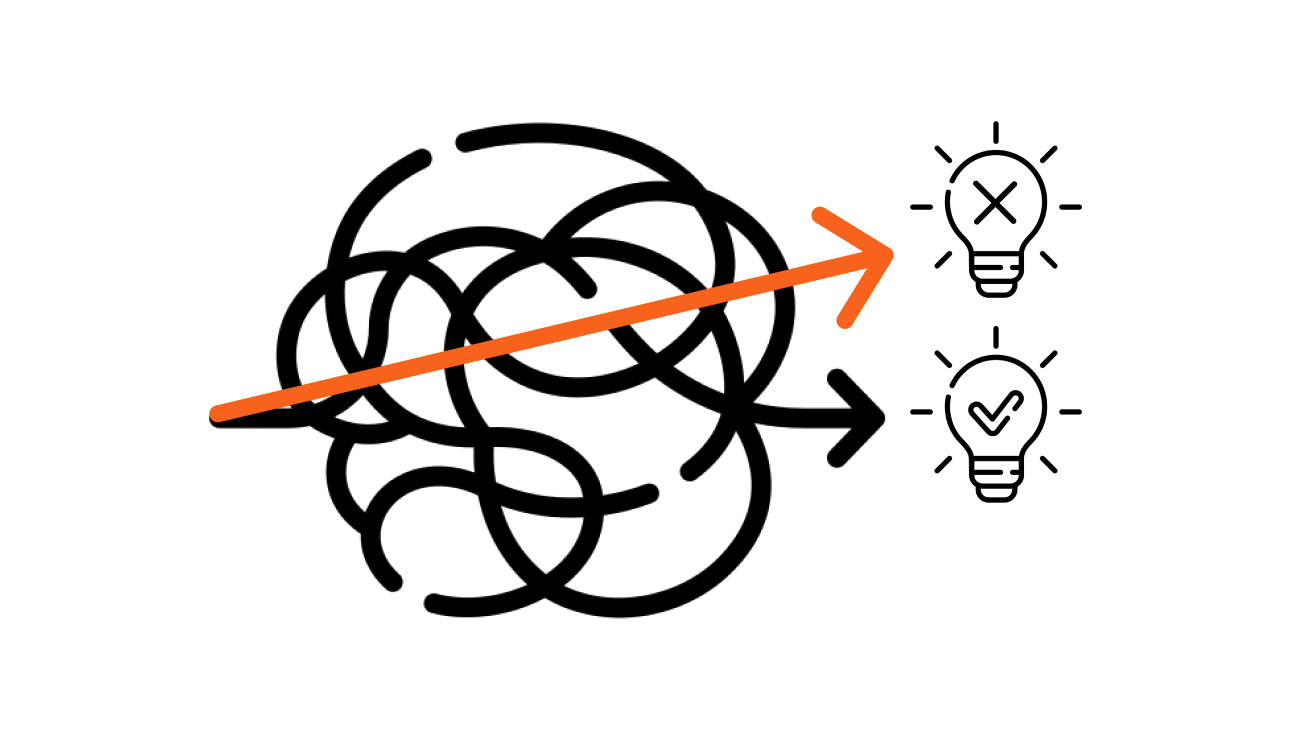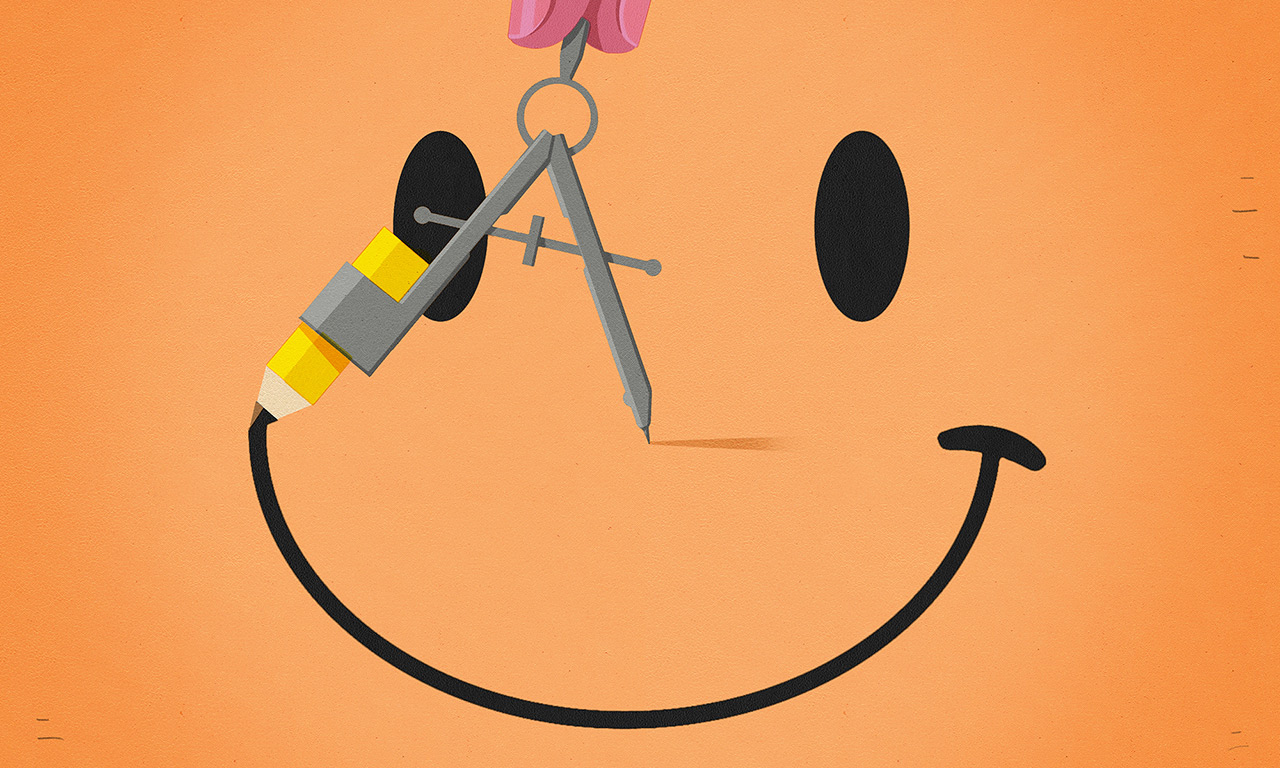A number of today’s billionaires, such as Bill Gates and Mark Zuckerberg, have attained success despite never attending or graduating from university, a fact that has gotten a lot of press. In 2011, Silicon Valley entrepreneur Peter Theil started an ongoing program that awards $100,000 (INR 77,67,805) to young entrepreneurs who want to drop out of school (the article featured a cartoon with the lines “College is for suckers”).
It’s easy to see why stories like this appeal to people. Hearing about successful people who beat the odds gives us hope: if they can earn wealth without going to university, we can, too. However, this is yet another instance of survivorship bias. A quite different picture emerges when you consider all those who do not attend college, rather than simply the successful instances.
Graduates had an employment rate of 88 percent in 2018, while non-graduates had a rate of 72 percent. A graduate’s median yearly pay was £34,000 (INR 33,29,651), whereas a non-was graduate’s £24,000 (INR 23,50,786). Although attending university is not required to be wealthy, looking at the big picture rather than simply the survivors reveal that it does.
In fact, if you closely study the logic of those terms, the danger of basing your perspective of the world on individuals who have ‘fought the odds’ or succeeded in taking ‘huge risks’ becomes evident. Such individuals must be unrepresentative of the larger picture, and hence emulating them should be avoided. After all, if everyone was succeeding by taking a big risk, the stakes couldn’t have been that high, and the odds couldn’t have been that frightening.
It comes naturally to learn from the successful, however, it can fall through if we do not take into consideration the survivorship bias.
In simple terms, this happens when we only look at the survivors – those who outperformed the rest, whether they were people, machines, or companies – and draw conclusions based on their characteristics, rather than looking at the entire dataset, which includes those who had similar characteristics but did not perform as well.
What Is Its Effect?

The majority of people who try to follow in the footsteps of these business magnates fail. Even now, failure stories aren’t as often shared as success stories, giving others a sense of our own talents and prospective accomplishments. That isn’t to argue that hard work and talent won’t lead to success; rather, as a society, we tend to overlook ordinary failures and focus on success stories as proof of what may be accomplished. Instead, we must also analyze how luck, timing, contacts, and socioeconomic background have all contributed to the achievements of well-known founders.
Effect on the System
Survivorship bias is a prevalent bias that influences how we understand data and information while making decisions, and it may be seen almost everywhere. Survivorship bias also has an impact on high-level decision-making, resulting in systemic issues throughout many disciplines.
Effect on an Individual
Survivorship Bias is detrimental because of how frequent it is and how deeply it can influence our decisions. Financial decision-making, entrepreneurship, and medical research have all been linked to the Survivorship Bias. Survivorship bias can have a significant impact on our perceptions and judgements when making decisions in these industries while missing knowledge that did not “survive.” Individuals will not be able to make the best judgments for themselves unless they have all the information necessary to make reasonable decisions.
Why Does It Happen?

The Survivorship Bias is a common cognitive bias that stems from a basic misunderstanding of cause and effect, particularly when it comes to the concept of correlations vs causation. While both correlation and causation are possible, correlation does not imply causation.
Individuals noticing a trend in a dataset, such as successful entrepreneurs dropping out of school, does not suggest that all successful entrepreneurs drop out of school, or that all those who drop out of school will be successful, according to the Survivorship Bias.
Causation refers to situations in which action A causes the consequence of action B, whereas correlation simply refers to a relationship. The fact that many entrepreneurs dropped out of university is really a coincidence, as dropping out did not always lead to their success.
However, the survivorship bias leads people to conclude that the association is causation. In conclusion, it causes a misinterpretation of causation and consequence.
Survivorship Bias and Design Thinking Practice

Coming back in one piece after flying over enemy territory was as unlikely as winning a coin toss during WWII. Naturally, all parties concerned wished for a higher percentage of their crews and planes to survive bombing runs. As entirely plating aircraft with armor would make them excessively heavy, it was only applied to the most critical areas.
The American navy looked at where planes returning from missions received the most damage to figure out what these crucial locations were. Abraham Wald, a statistician, stepped in just before it was agreed to armor the wingtips and the middle area of the fuselage. Do you see how close the navy came to making a blunder? Only planes that returned to base were considered in the analysis, Wald reasoned—the planes that had suffered the heaviest damage had already crashed!
Whether it is the WWII bombers or lottery winners, we tend to learn from the success happening right in front of our eyes. We have an eye of respect for anything that has a tag of success on it, may it be people, products, or information. However, in Design Thinking practice, rather than picking up the successful process, Design Thinking practitioners scan the entire process, including companies, offerings, and information that no longer exists. Design Thinking practice encourages failure, if there is an early failure, then there is a fair chance of achieving success earlier than anticipated.
How Does A Design Thinking Practitioner Manage Survivorship Bias?

There are many ways to avoid the bias, however, the first step is to identify the survivorship bias.
Reason The Things You See
Consider what’s missing first while making a decision. Consider what data from an event or dataset you’re using didn’t “survive.” You can gain better knowledge before making a decision by asking questions about what is lacking and taking the time to study these missing data points. Having all of the facts and taking the time to pause, reflect, and study will assist guarantee that survivorship bias is taken into account in your decision-making.
Examine Your Data Sources
Another way to avoid survivorship bias in your work and research is to be picky about the data sources you employ. Individuals can limit the danger of survivorship bias by ensuring data sources are created to assure the correctness and not miss crucial observations that would influence analysis results or decision-making.
It’s tough to consider survivorship bias when faced with examples of success. It’s not natural to pause, ponder, and consider what the base rate of success is and whether you’re dealing with an outlier or the expected outcome. There is a chance that you have a blind spot if you are unaware of the true odds, and you have no idea what you’re looking at, then it is an example of survivorship bias.
When your opinions are based on relevant knowledge, customer demands, and industry data rather than your personal beliefs and biases, an organization can establish a sustainable innovative culture and gain a competitive advantage. Design Thinking demonstrates how approaching an issue from a fresh viewpoint and redefining the problem can deliver better results with a greater and long-lasting impact. Designers tend to look at a scenario from the user’s point of view and come up with innovative ways to communicate and solve problems. Designers tend to look at a scenario from the user’s point of view and come up with innovative ways to communicate and solve problems. When established beliefs and assumptions are challenged, fresh solutions and new opportunities emerge. When good ideas meet innovation, it results in a better business.
https://fs.blog/survivorship-bias/
https://www.kooslooijesteijn.net/blog/design-better-avoiding-cognitive-biases
https://ubc.unifi.com.my/sites/default/files/2021-05/thinking-ogimage_0.jpg
https://tradebrains.in/wp-content/uploads/2021/06/What-is-Survivorship-Bias-in-Stock-Market.jpg
https://seyler.ekstat.com/img/max/800/W/WinoKfti0D1KqXod-636803867286706117.jpg
https://ideas.ted.com/wp-content/uploads/sites/3/2021/02/FINAL_Design-Thinking_BH.jpg
https://miro.medium.com/max/1400/0*L7dMjtF6OdxivuNA
Written By: Jimmy Jain
Edited By: Afreen Fatima
Society of Design Thinking Professionals









